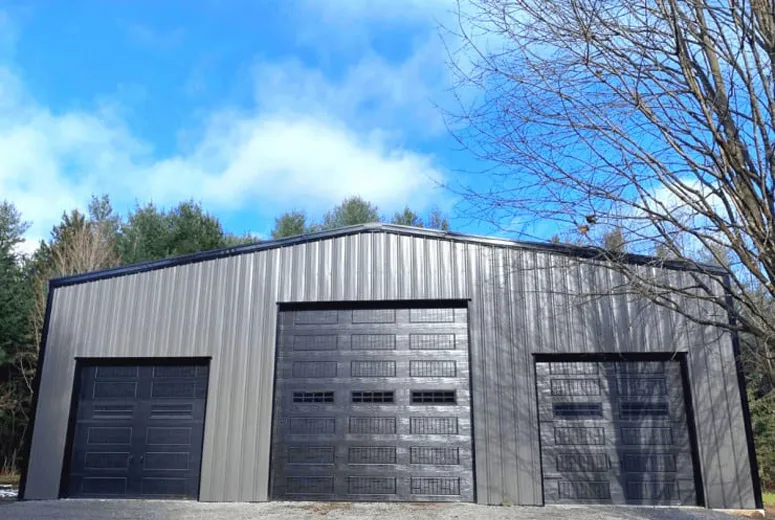- Afrikaans
- Albanian
- Amharic
- Arabic
- Armenian
- Azerbaijani
- Basque
- Belarusian
- Bengali
- Bosnian
- Bulgarian
- Catalan
- Cebuano
- Corsican
- Croatian
- Czech
- Danish
- Dutch
- English
- Esperanto
- Estonian
- Finnish
- French
- Frisian
- Galician
- Georgian
- German
- Greek
- Gujarati
- Haitian Creole
- hausa
- hawaiian
- Hebrew
- Hindi
- Miao
- Hungarian
- Icelandic
- igbo
- Indonesian
- irish
- Italian
- Japanese
- Javanese
- Kannada
- kazakh
- Khmer
- Rwandese
- Korean
- Kurdish
- Kyrgyz
- Lao
- Latin
- Latvian
- Lithuanian
- Luxembourgish
- Macedonian
- Malgashi
- Malay
- Malayalam
- Maltese
- Maori
- Marathi
- Mongolian
- Myanmar
- Nepali
- Norwegian
- Norwegian
- Occitan
- Pashto
- Persian
- Polish
- Portuguese
- Punjabi
- Romanian
- Russian
- Samoan
- Scottish Gaelic
- Serbian
- Sesotho
- Shona
- Sindhi
- Sinhala
- Slovak
- Slovenian
- Somali
- Spanish
- Sundanese
- Swahili
- Swedish
- Tagalog
- Tajik
- Tamil
- Tatar
- Telugu
- Thai
- Turkish
- Turkmen
- Ukrainian
- Urdu
- Uighur
- Uzbek
- Vietnamese
- Welsh
- Bantu
- Yiddish
- Yoruba
- Zulu
Dec . 10, 2024 09:09 Back to list
The Rise of Steel Construction in Residential Homes
In recent years, the construction industry has witnessed a significant shift towards the use of steel in residential building projects. Traditional materials such as wood and concrete have long dominated the market, but the advantages of steel are becoming increasingly hard to ignore. This article will explore the benefits and challenges of using steel as a primary construction material for residential homes, highlighting its efficiency, sustainability, and design flexibility.
Advantages of Steel Construction
One of the primary benefits of using steel in residential construction is its strength and durability. Steel boasts a high strength-to-weight ratio, allowing for the construction of sturdy frames without the bulk that other materials may require. This characteristic makes steel an ideal choice for areas prone to extreme weather conditions, such as hurricanes and earthquakes. Homes built with steel can better withstand these natural forces, providing enhanced safety for residents.
Another significant advantage is the speed of construction. Steel components can be prefabricated off-site, which drastically reduces the time spent on-site during the building process. This efficiency can lead to substantial cost savings for both builders and homeowners. Additionally, with the rise of modular construction techniques, entire sections of homes can be constructed in factories and transported to the site, further expediting the construction timeline.
Sustainability and Environmental Impact
Sustainability is a crucial consideration in today's construction landscape. Steel is one of the most recycled materials on the planet, with an estimated 90% of it being repurposed at the end of its life cycle. This recyclability makes steel an attractive option for environmentally-conscious builders and homeowners. The production of steel has also become more energy-efficient over the years, as manufacturers increasingly use renewable energy sources and implement greener production practices.
In terms of energy efficiency, steel framing allows for better insulation and energy performance in homes. Steel structures can accommodate thicker insulation materials, which helps regulate indoor temperatures and reduce energy consumption for heating and cooling. This energy efficiency not only benefits the environment but also translates to lower utility bills for homeowners.
steel construction residential homes

Design Flexibility
The versatility of steel in architectural design is another factor contributing to its popularity in residential construction. Steel can be molded into various shapes and sizes, allowing for innovative and creative designs that may not be achievable with traditional materials. From open floor plans with large spans to intricate roof designs, steel enables architects and builders to push the boundaries of residential design.
Furthermore, the use of steel can facilitate the incorporation of modern aesthetics into homes. Sleek, minimalist designs that feature exposed steel beams and high ceilings are becoming increasingly popular among homeowners looking to create a contemporary living space. This modern look not only appeals to current design trends but also offers timeless elegance.
Challenges and Considerations
Despite the numerous benefits of steel construction, there are challenges that need to be addressed. One major concern is the initial cost of steel materials, which can be higher than that of traditional wood framing. While the long-term savings in maintenance, energy efficiency, and durability can offset the initial investment, some homeowners may be hesitant due to upfront costs.
Additionally, the thermal conductivity of steel can pose challenges in terms of insulation. Steel tends to transfer heat efficiently, which means that without proper insulation, homes may become less energy-efficient. Builders must pay close attention to insulation methods to maximize the benefits of steel construction.
Conclusion
As the construction industry continues to evolve, steel is carving out a significant niche in the residential market. With its exceptional strength, speed of construction, sustainability, and design flexibility, steel offers compelling advantages that align well with the needs and desires of modern homeowners. While there are still challenges to overcome, the potential for steel construction to redefine residential building practices is undeniable. As more builders and homeowners recognize these benefits, the future of residential construction may very well be built with steel.
-
How Do Prefabricated Steel Structures Transform Modern Construction?
NewsJul.14,2025
-
How Do Prefabricated Metal Buildings Redefine Modern Construction?
NewsJul.14,2025
-
How Do Prefab Insulated Metal Buildings and Steel Structures Revolutionize Modern Construction?
NewsJul.14,2025
-
How Do Pre - Engineered Steel Structures Redefine Modern Construction?
NewsJul.14,2025
-
Advancing Modular Construction with Prefabricated Metal Structures
NewsJul.14,2025
-
Advancing Industrial Infrastructure with Prefabricated Steel Solutions
NewsJul.14,2025
Products categories
Our Latest News
We have a professional design team and an excellent production and construction team.












